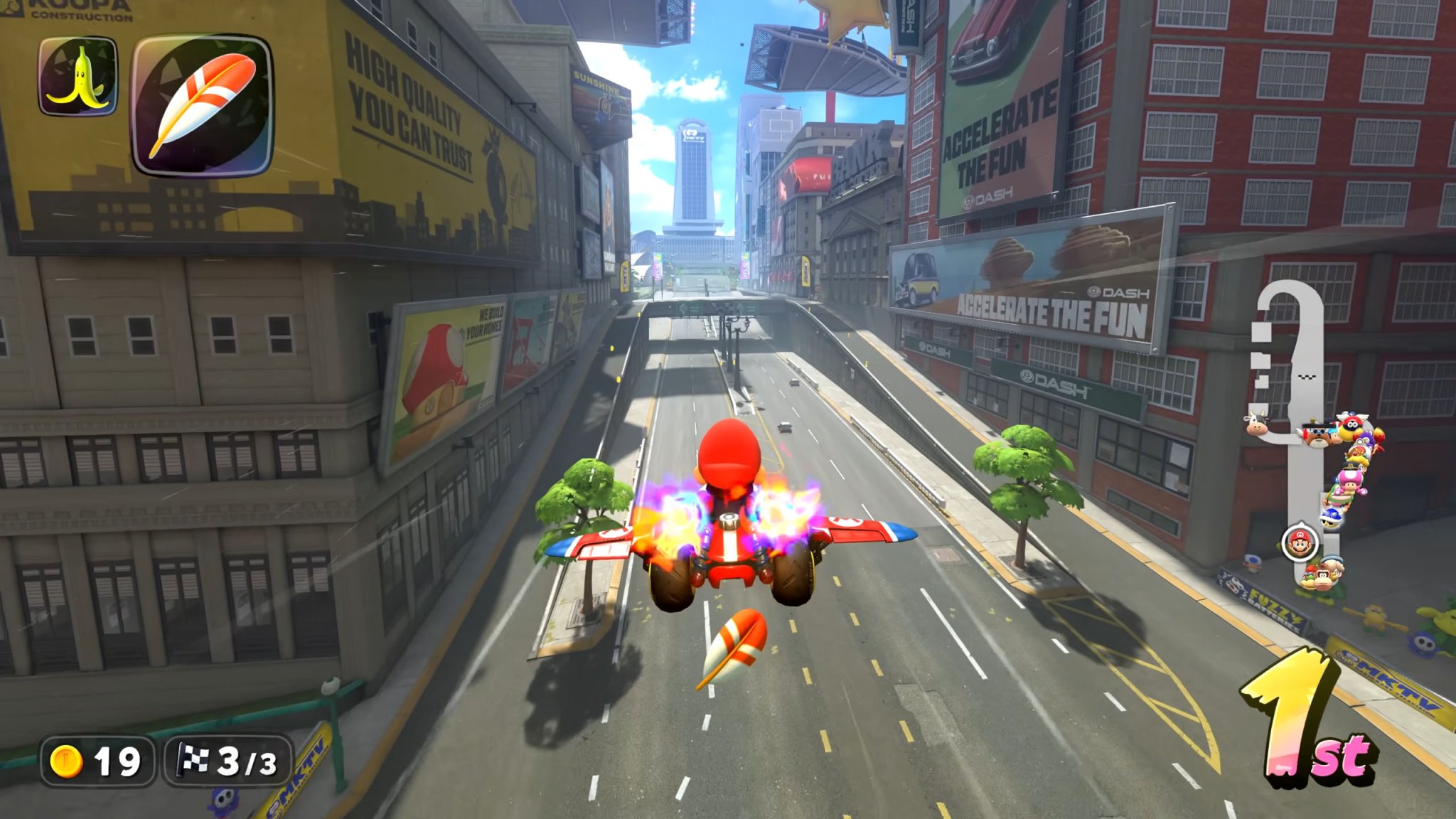
We’re less than two weeks away from the launch of the Nintendo Switch 2 and, by extension, Mario Kart World. Nintendo’s taken the run-up to share one of its insightful developer deep dives around the game, and it’s brought some interesting nuggets to light. Like, for example, how the dev team was originally planning to release MK World on the original Switch—seriously.
As some of the game’s core minds tell it in the latest edition of Nintendo’s “Ask the Developer” interview series, it was decided early on that the sequel to Mario Kart 8 Deluxe would be a more sprawling experience, rather than one constrained to closed circuits. The team was also committed to doubling the number of competitors in races from 12 to 24. With MK8 already pushing the original Switch to its limits, it was clear that cutbacks would be required to make all that possible on existing hardware.
“When we were developing for Nintendo Switch, we often worried whether we could find the right balance between planning and performance,” programming director Kenta Sato said. “Of course, the Switch system’s performance is sufficient for developing different kinds of games, but if we had included everything we wanted to in this game’s vast world, then it wouldn’t have run at 60 fps and would have suffered from constant framerate drops. I think there were a lot of people on the team who were worried about whether we could really manage it.”
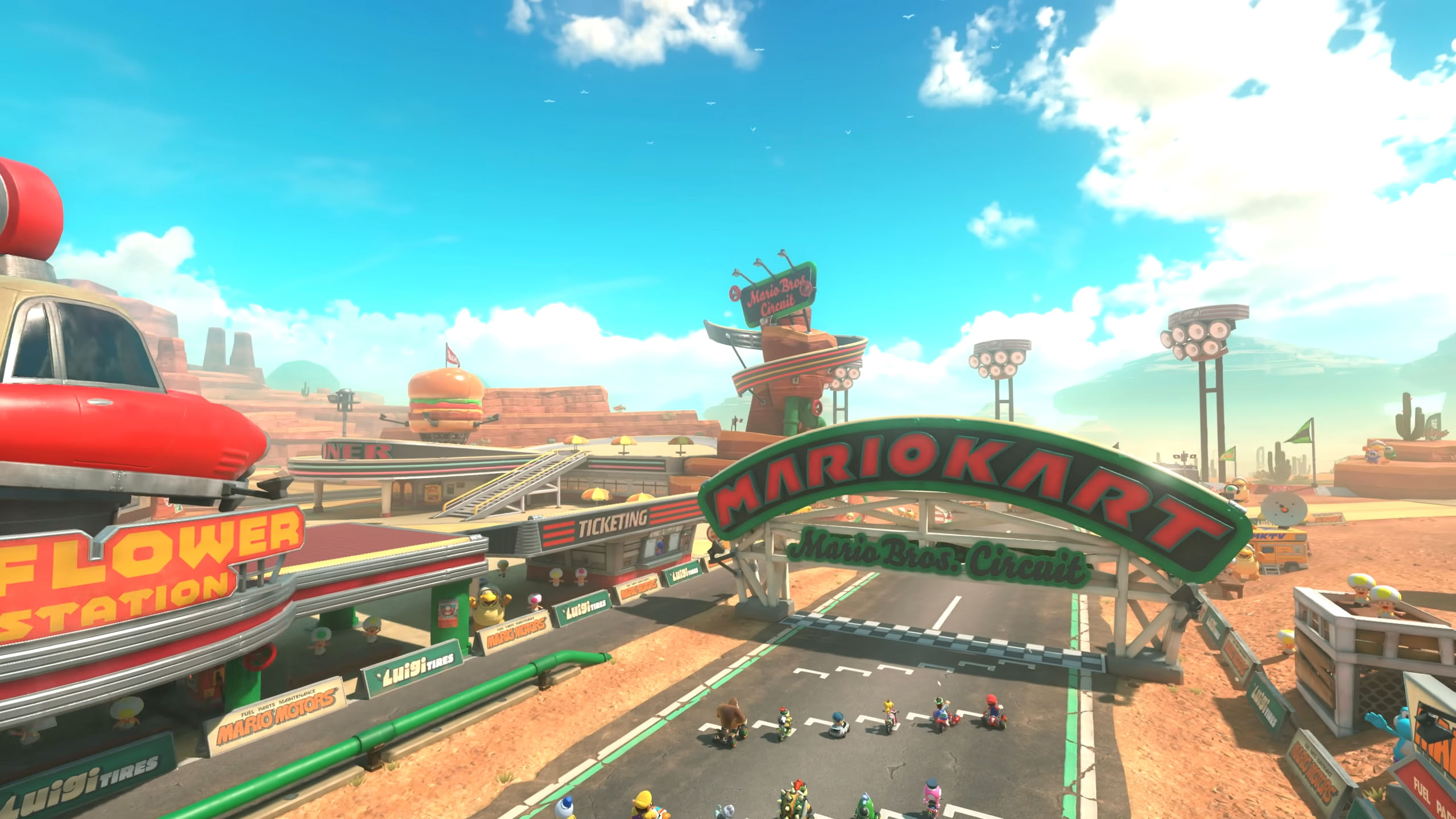
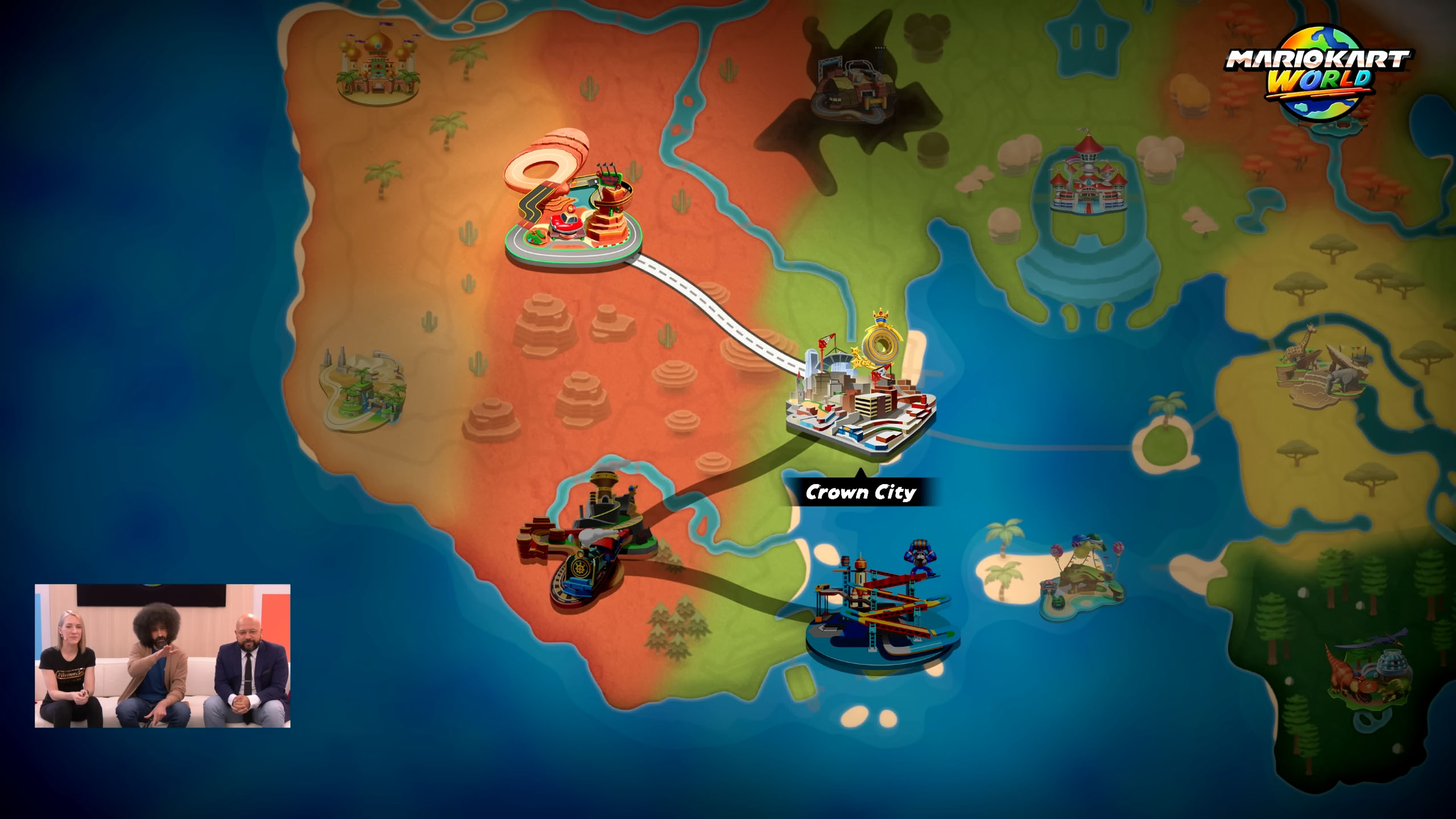
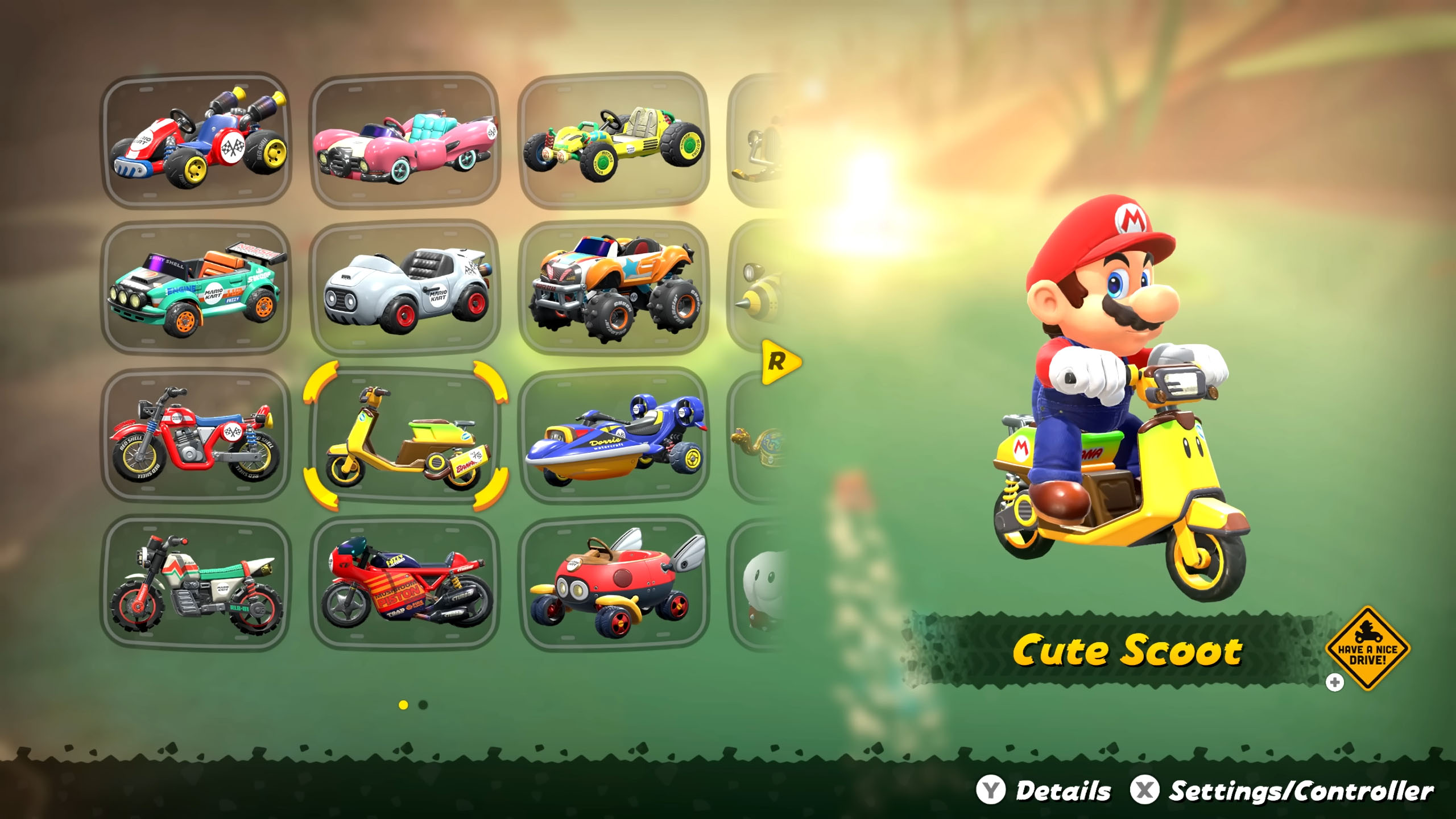
Sato recalls feeling “overjoyed” when the decision was made in 2020 to move the game to Switch 2, because it meant he and his colleagues would be able to express their full vision for MK World without the concessions to performance and visual fidelity that would’ve assuredly been necessary on Nintendo’s current platform. The team had begun prototyping the game as far back as 2017, meaning that it’s truly been in development for the entire eight years of the Switch’s lifecycle, up to this point.
At that time, five years ago, Sato and company still didn’t know the specifics of the Switch 2 architecture, and it wasn’t “until a bit later” that they had working dev kits. But the move appeared to energize the team all the same.
“Of course, the graphics needed to be more detailed,” art director Masaaki Ishikawa said. “But like Sato-san, I also felt like it was outweighed by the sense of relief. From the beginning, the designers were saying they wanted to make the art richer, so I thought we could achieve that now. For example, team members who were creating the terrain in the scenery were really happy because they could now place more trees, which were key to giving the world a more natural look.”

It would’ve been quite jarring to go from MK8’s lush, albeit constrained environments, to a sparse map devoid of trees and other environmental details that give richness to a game’s world. Couple that with a 30 fps performance target—negatively impacting the game’s smoothness, responsiveness, and sense of speed—and it’s clear MK World on the original Switch would’ve lacked the quality that has made MK8 so enduring more than a decade since its original release on the Wii U.
If you’re eagerly anticipating Mario Kart World, I highly recommend reading the rest of Nintendo’s interviews, because they cover everything from the challenges in designing a soundtrack for a seamless open world, to the intricacies of the game’s new day/night cycle and weather system. It’ll surely be tough to top Mario Kart 8, but World certainly has the ambition behind it to try.

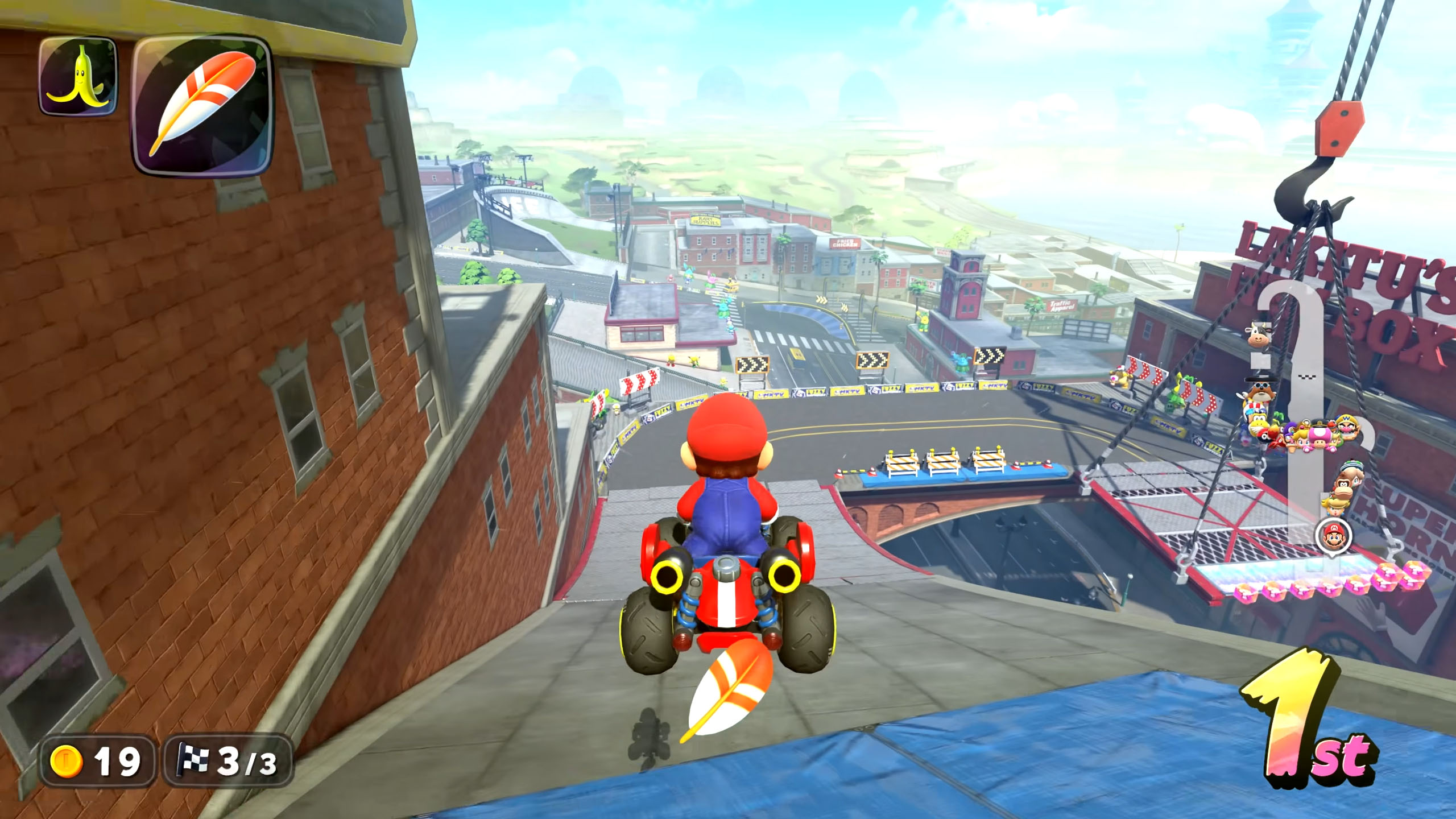
Got tips? Send ’em to [email protected]
